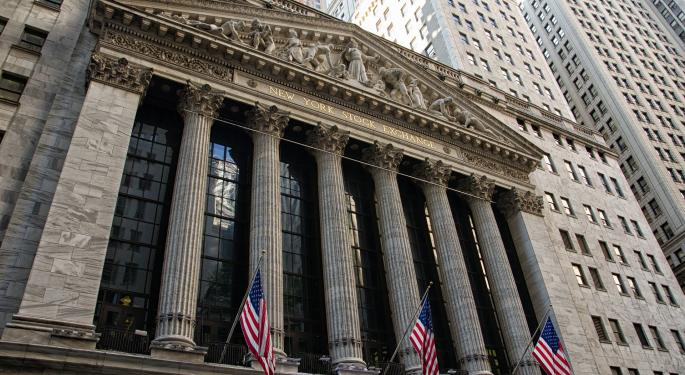What Happened: On Oct. 19, 1987, the Dow Jones plunged 22.6% for its worst daily percentage drop in history. The day is now known as “Black Monday.”
Where Was The Market: The S&P 500 closed down at 224.84, and the Dow closed down at 1,738.
What Else Was Going On In The World: “Fatal Attraction” led the box office for the fifth of eight consecutive weeks, and Michael Jackson’s “Bad” was about to top the Billboard charts.
The Market Tanks: Heading into the session, the market had traded up 44% over the previous seven months. Then things sharply turned.
With the New York Stock Exchange nearly doubling its record trading volume (604 million), the Dow fell from an intraday high of 2,164 to a low of 1,677 — conceding about $500 billion in a matter of hours. That drop shattered the previous daily record by 4.5 times.
The next day’s headlines described panic on the floor and compared the tumble to the crash of 1929. The Street took two years to make up its losses, although the following two sessions recovered more than half the decline.
As a result of the fall, circuit breakers were soon instituted to prevent a repeat.
Interestingly, 80 years earlier marked day five of the Panic of 1907.













